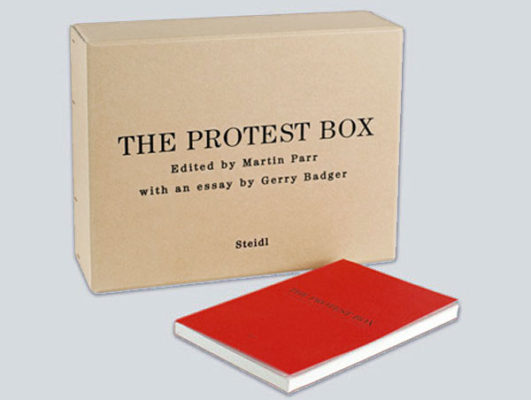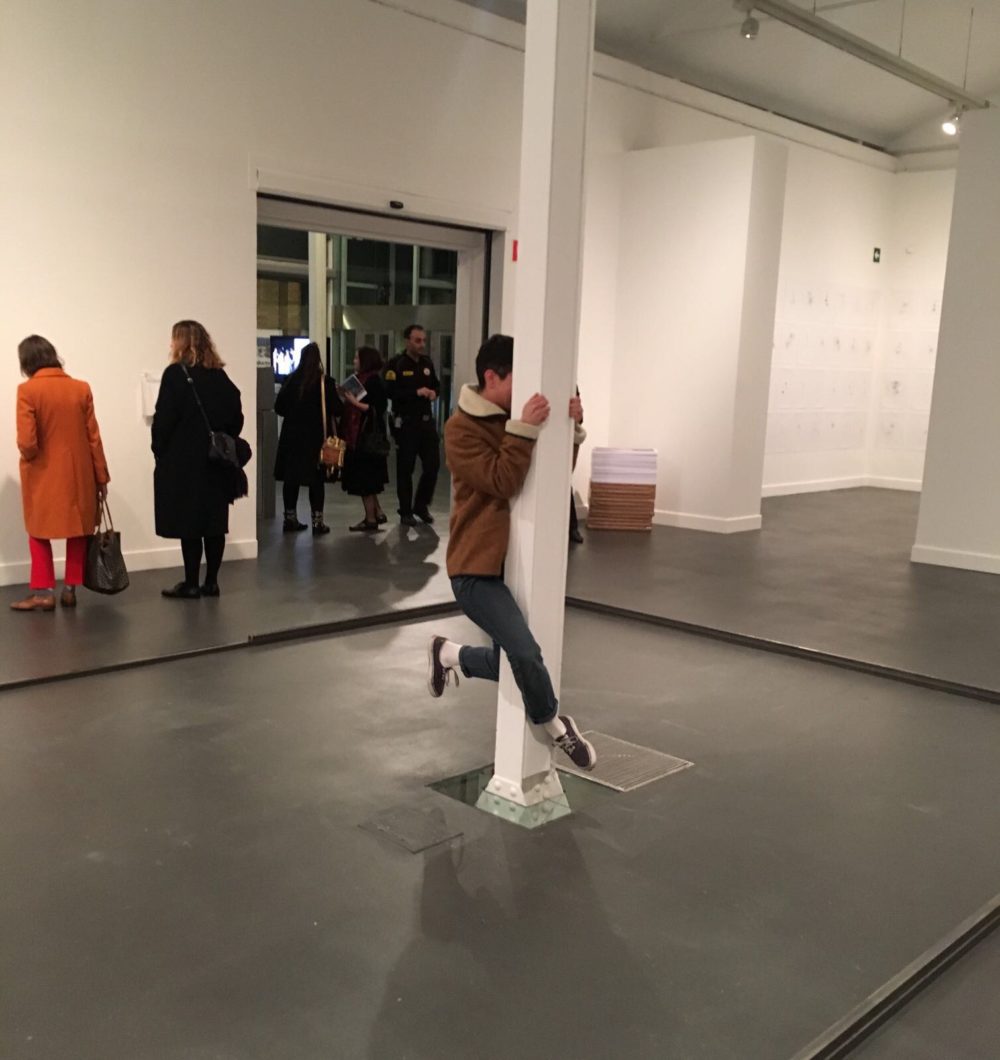Search
To search for an exact match, type the word or phrase you want in quotation marks.
A*DESK has been offering since 2002 contents about criticism and contemporary art. A*DESK has become consolidated thanks to all those who have believed in the project, all those who have followed us, debating, participating and collaborating. Many people have collaborated with A*DESK, and continue to do so. Their efforts, knowledge and belief in the project are what make it grow internationally. At A*DESK we have also generated work for over one hundred professionals in culture, from small collaborations with reviews and classes, to more prolonged and intense collaborations.
At A*DESK we believe in the need for free and universal access to culture and knowledge. We want to carry on being independent, remaining open to more ideas and opinions. If you believe in A*DESK, we need your backing to be able to continue. You can now participate in the project by supporting it. You can choose how much you want to contribute to the project.
You can decide how much you want to bring to the project.

Politics, art, reality, discord and fiction. In a social and global context dominated by day-to-day economic and political uncertainty it is pertinent to question the role of art, its connections with politics and with the sphere of capital. What artistic practices are political? How does one define the political in art?
In thinking about the effects of the link between politics and art, as with any relation of two elements, a third enters into the conflictive relationship to grant a dose of necessary discord: the paradox. In The Emancipated Spectator, Jacques Rancière already made it very clear with the explicit title of one of the chapters of this highly recommendable essay: “The paradoxes of political art”. That art and politics maintain an intimate relationship is by no means an inflammatory statement, although at times it is necessary to remember this. Equally it is by no means original to deduce that variations arise out of the ties of intimacy that are embedded within the disorder of conflict.
As Rancière summarises one of the celebrated and criticised paradigms that modernity installed was the subversive power of art. A paradigm, that fell into an apparent state of hibernation to return with force – and with some complex contradictions – to the quadrilateral of aesthetic forms. According to the French thinker, the current exercise of re-politicizing art carries with it an uncertainty that is based on two concise questions that are hard to answer: what is art? And if that wasn’t enough, what is politics? Such generic questions however won’t accept generic answers. In any case, they serve, as catalysts that lance new questions or to dust off old questions.
It is true that in the last few years we have seen a revival of art as a public territory for contesting the strategies of ideological and economic domination to which the capitalist system has led us to become more or less accustomed. The first of the contradictions derived from this is that, like capitalism, art – as part of the same – assumes this acceptance and metabolization of critique, with the result that it is favourable to the democratic showcase with which it presents itself. As if both permit detraction in theory but not with any form of effective practice that might risk compromising both models. What is more, bearing in mind, the permissiveness frequently related to anything artistic (particularly by those who aren’t directly involved with it) wouldn’t the very artistic condition of art invalidate it as the territory for a politically critical aesthetic? At this point, art is like madness; everything that is pronounced is not taken seriously because irredeemably it is presented like – as well as being – art.
The usual tendency is to consider political any artistic practices whose content pertains to any order of social protest. This in passing also resuscitates the mimetic model that seemed so obsolete at this point in the history of art. In this case the paradox arises once again and knocks twice at the door. On the one hand, thinking for example of documentary photography, it is assumed erroneously by the law of cause and effect that the spectator will become indignant just because any content shown, operating with the same technology, is indignant. Frequently what happens is a formal and symbolic aestheticization of the represented tragedy is accompanied by a possible individual confusion, more than any collective commotion that transcends the exhibition rooms. On the other hand, and still with the stance of the spectator and by extension to other possible publics, another contradiction emerges which is that of the consensus of the audience. If we think of all those who turn to art with an analytical and attentive gaze fixed on their pocket, beyond the tourist dynamics of artistic productions as the motor of cultural industries and the visitors who have nothing better to do on a rainy weekend, the ideological consensus is a patent reality. To put it another way, art is not telling us anything that we don’t know or that we are not already in tacit agreement with. It is here where the political as a sphere of dissent encounters the general consent that places the artist as the ambassador of a doctrine assimilated by all as “the best of all possible arts”. Practicing an disjunctive syllogism that, in irony is worth trying out, the conclusion would be the following: in an artistic context where the content or the political perspective of the same were the dominant tendency, and where the political is understood as a form of dissent from the established, a political art, would paradoxically be that which was not explicitly tied to the representation of the political. Such a syllogism could even be applied to a real case: the photographic work of Martin Parr within the context of the Magnum Agency, who once declared that he was no less political than his companions for not capturing war conflicts through his lens.
Despite a certain disenchantment, returning to the text whose title has led to this other, “The paradoxes of political art”, we find with Jacques Rancière, as a sort of “happy ending” within a tale driven by suspicion at the time of defining the link between the political and the aesthetic, that a specific function is underlined for art: the timely and symbolic subversion of very specific social links. If we admit his proposal that the real exists as a hegemonic and arbitrary fiction and that as such art like politics are already betrothed to each other for their flair for fiction at the time of opening new rifts in the earthquake of the real, then it is true that a political art would be capable of knocking down this dominant real.
However the paradox is tricky and poses new questions: how, within a context as codified as the art world, can a dominant fiction be undermined without these other possible fictions becoming a subterfuge? How does one make the symbolic and specific power of art, become a real and extensive power? What is more is it pertinent to demand of artistic practices that they subvert codes without beginning first with the context of art itself. Who reproduces the dynamics of a system that is so critical and yet seems to forget the fact just because the visible part of museums presents a political aesthetic? That said each conceptual marriage needs a discordant third, the all-purpose paradox in this union of the political with aesthetic forms.

artwriter_curator_esnorquelmaker_chocolateresearcher_technodancer__bikeenthusiast_coffeeaddicted_
"A desk is a dangerous place from which to watch the world" (John Le Carré)